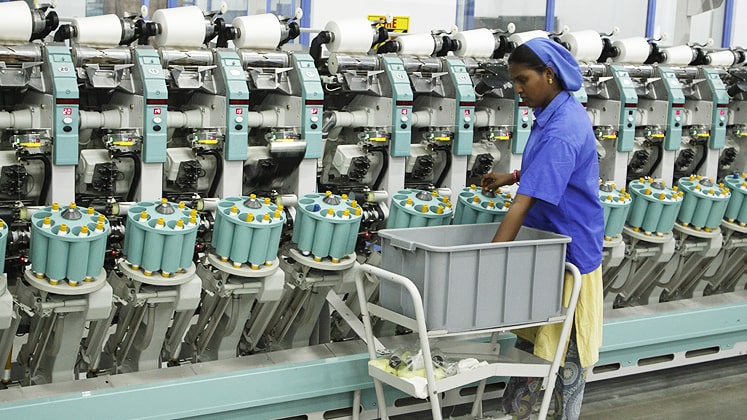Textiles have a significant impact on the environment throughout their entire life cycle. From the production of raw materials, through manufacturing and use, to the disposal of clothing and other textiles, the industry is responsible for 5-10% of global greenhouse gas emissions and consumes a large amount of water, often releasing polluting microplastics and chemical agents into waterways. In order to address these environmental issues, state-of-the-art technology developments are being pursued that aim to address these problems in a comprehensive, cradle-to-grave fashion.
One such technology is the use of natural, biodegradable fibers such as cotton, wool, and linen, which can be grown without the use of synthetic pesticides or fertilizers and can break down naturally at the end of their life cycle. These fibers are often considered more sustainable than synthetic fibers, which are made from petrochemicals and can take hundreds of years to break down in the environment.
Another promising technology is the use of closed-loop systems for the production of synthetic fibers. These systems recycle the chemicals and water used in the production process, reducing waste and the need for new resources. Some companies are also working on developing synthetic fibers that are biodegradable or can be recycled at the end of their life cycle.
In addition to these technologies, there are also efforts underway to reduce the energy and water used in textile manufacturing. For example, companies are using advanced dyeing techniques that use less water and energy, and are developing new finishes and treatments that use fewer hazardous chemicals. There are also efforts to improve the energy efficiency of washing and drying clothes, which can account for a significant portion of a garment’s overall environmental impact.
Moreover, when it comes to the use and disposal of textiles, there are a number of technologies that can help to reduce their environmental impact. One such technology is the use of recycled or upcycled materials in the production of new clothing and other textiles. This not only reduces the demand for new resources, but it also helps to divert waste from landfills.
Another promising technology is the use of wearable technology, such as sensors and smart fabrics, that can help extend the life of clothing and other textiles. For example, smart fabrics can monitor the wear and tear of a garment and alert the user when it needs to be replaced, reducing the need for new clothing.
Ultimately, the green transformation of the textile industry will require a combination of these technologies, as well as a shift in consumer behavior towards more sustainable purchasing decisions. This will involve a focus on quality over quantity, and an increased willingness to pay a premium for sustainable clothing and other textiles.
There are a number of initiatives underway that are working to accelerate the green transformation of the textile industry. One such initiative is the Sustainable Development Goals (SDGs) in the United Nations Agenda 2030, which outline a set of targets for the global community to achieve by 2030. The SDGs include specific goals related to the deployment of natural resources, energy, and environmental impacts, all of which are relevant to the textile industry.
Another initiative is the Circular Fashion System Commitment, a global initiative launched by the Ellen MacArthur Foundation that brings together fashion brands, retailers, and other stakeholders to accelerate the transition to a circular fashion system. The Commitment aims to reduce the environmental impact of the fashion industry by promoting the use of circular business models, such as closed-loop production and the reuse and recycling of materials.
Looking to the future, it is clear that the green transformation of the textile industry is an urgent priority. With state-of-the-art technology developments and initiatives such as the SDGs and the Circular Fashion System Commitment, there is a growing sense of optimism that the industry can significantly reduce its environmental impact and become more sustainable in the long term. However, achieving this transformation will require a concerted effort from all stakeholders, including governments, businesses, and consumers, to adopt more sustainable practices and technologies. Without this collective action, the environmental impacts of the textile industry will continue to be a significant challenge for the planet.

